It’s been a tough season, reminiscent of the millennium drought. Hats off to all the Riverina farmers getting through it. The 2018-19 rice season is set to produce the second lowest harvest since the 1930s. Last season, there was about 60 000 hectares, while this season it appears there is less than 5000 hectares. It’s likely that many of our bitterns are using coastal wetlands as drought refuges, but others have stayed local, seeking out available breeding habitat, with relatively good numbers in the rice and at the few natural wetlands sustained by environmental water.
Despite the tough season, some wonderful news for bitterns in rice came through from the Australian Government’s National Landcare Program. Riverina Local Land Services was successful in receiving four years of funding for “Boosting the Bunyip Bird Yield”. This project will provide an incentive program for bittern-friendly rice growing, as well as restore and create bittern wetlands in the region. Rolling out bittern-friendly rice growing and expanding the network of bittern wetlands is precisely what we have all strived for over the years, and we couldn’t be happier that it is becoming a reality. Stay tuned!
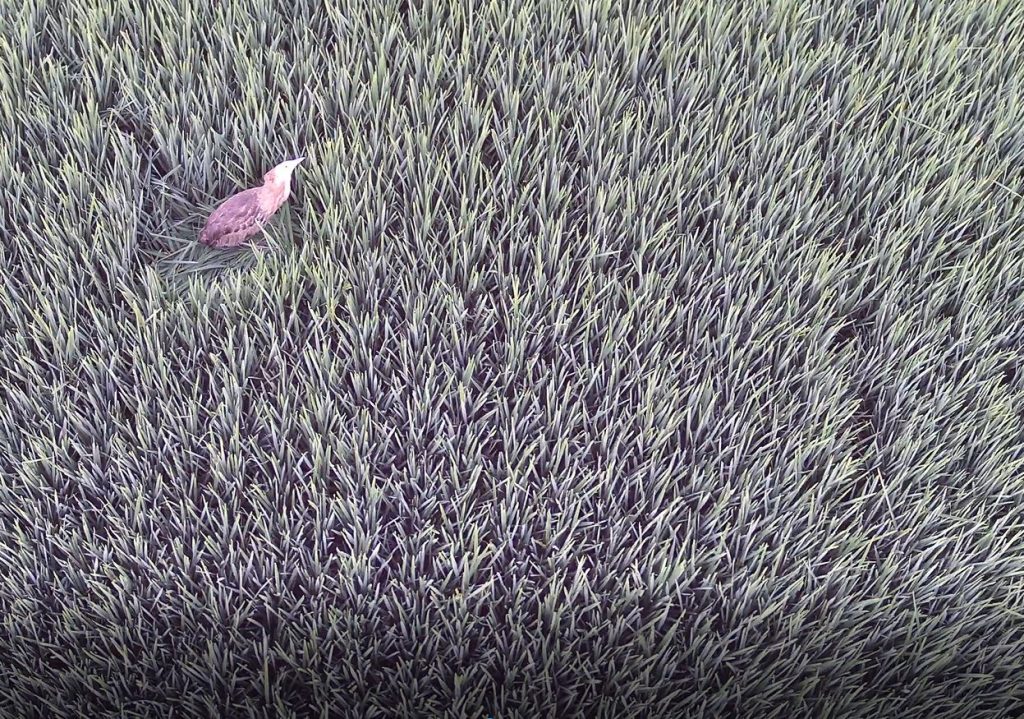
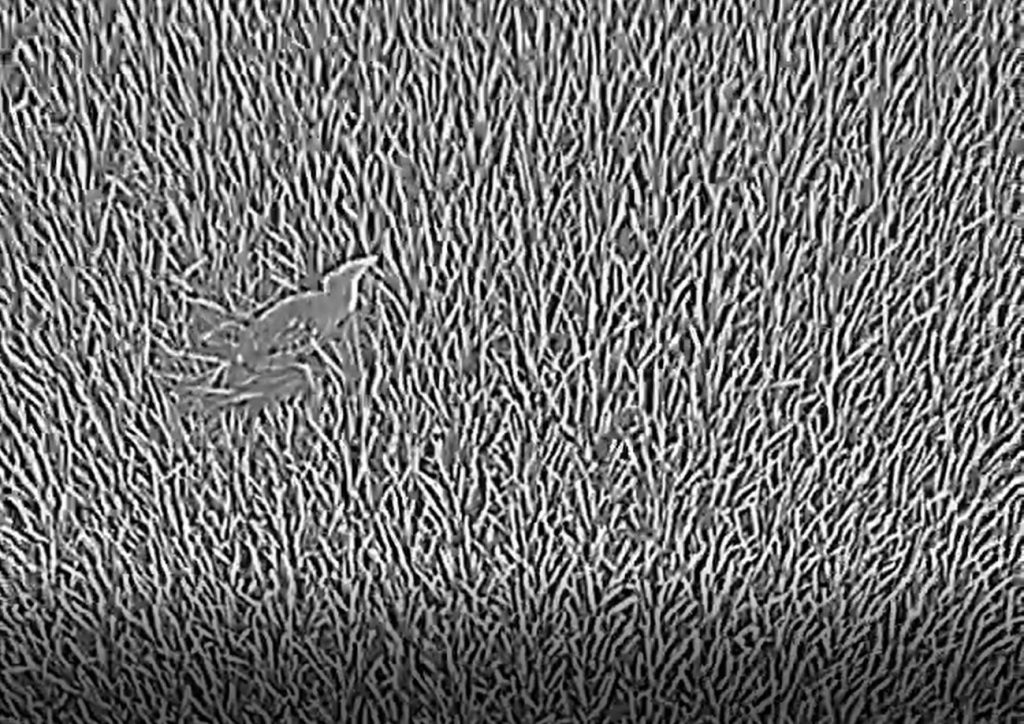
Our thermal drone trials have been in full swing. After a range of teething problems, navigating the steep learning curve, we’re feeling comfortable with the new technology and remain confident that it’s a game-changing addition to our breeding success monitoring toolbox. For example, we plan to compare fledging rates at bittern-friendly crops with conventional crops. This season, we focussed the trials on three farms in the Griffith-Leeton region and found a minimum of ten bitterns. The warm dawns, often above 25 degrees, sometimes hampered our efforts but when it’s cool the birds glow like beacons and enable us to discover what is otherwise hidden. The trials also reminded us of how batteries retain heat and the benefits of wearing a hat.
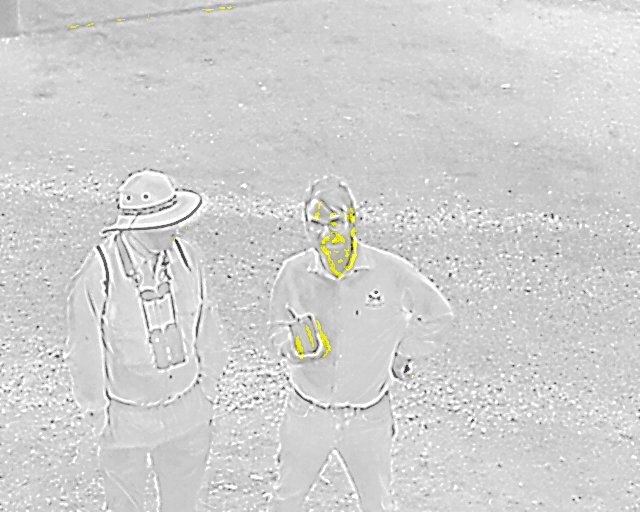
Many thanks to all of the growers who completed the Charles Darwin University bittern-friendly rice growing incentives survey. The results are intriguing and will be used to help design the best possible incentive programs in the future, incorporating grower preferences and maximising the benefit to bitterns. A final round of randomly selected growers are presently being encouraged to complete the survey as well. If you get the call, please get your views in the mix.
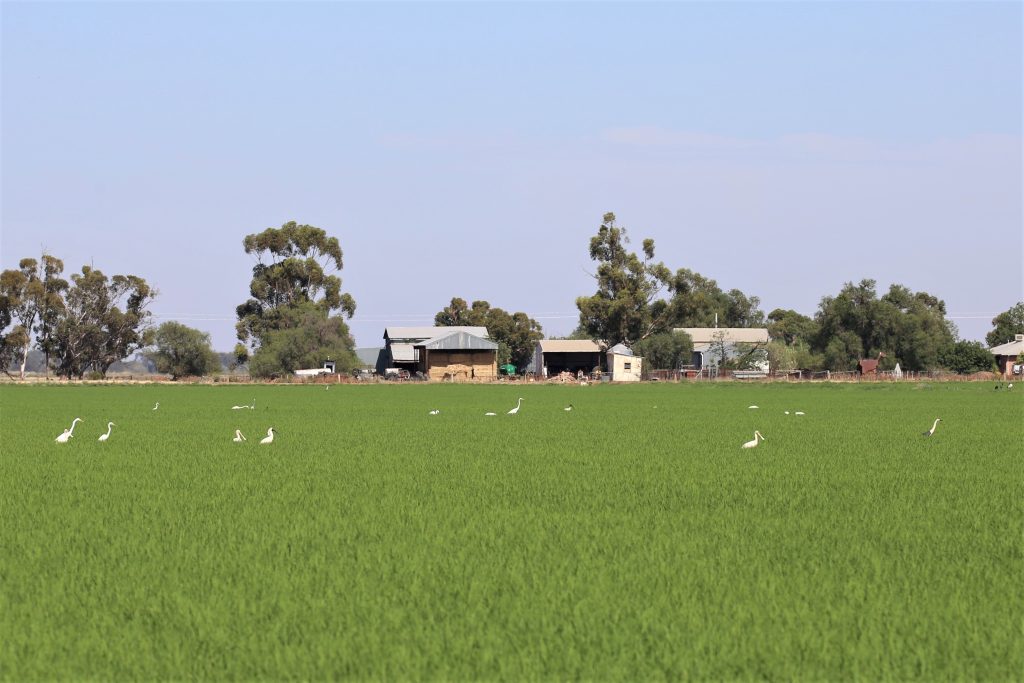
We tend to focus on the rarities like bitterns and painted snipe, however the rice crop above, one of only a handful in the Murrumi region this season, had almost the full suite of the Riverina’s tall, long-legged waterbirds. They’re not all in this image, but present were Yellow-billed and Royal Spoonbill; Glossy, Straw-necked and Australian White Ibis; Eastern Great, Intermediate and Cattle Egret; and White-necked and White-faced Heron. Add to that the crakes, harriers, cisticolas, martins, swallows, ducks and the loads of frogs, and one is reminded that there’s no other Murray-Darling Basin agriculture that involves irrigation for crops or plantings that supports so much wetland wildlife.
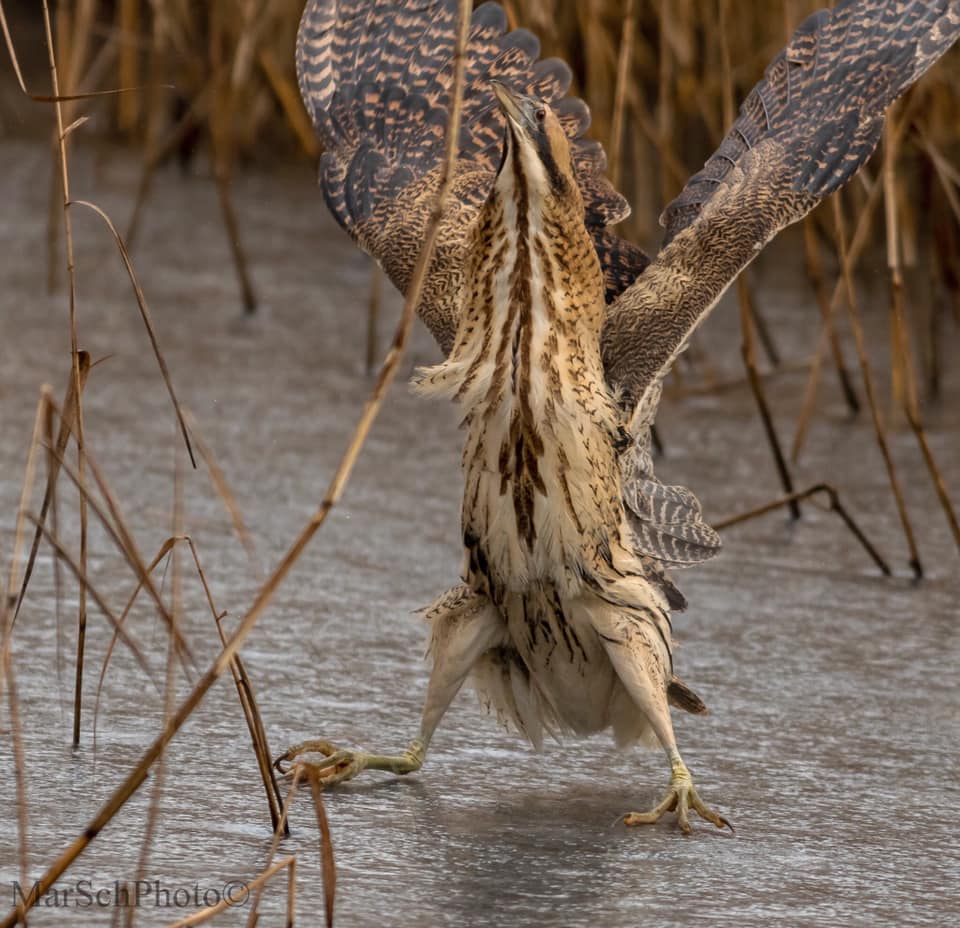
As usual, our booming males went quiet in early-mid February and the off-season silence began. But over on the other side of the world, Eurasian Bitterns are just beginning their breeding season. Maria French (@frenchmaria2) managed to capture this extraordinary image, dubbed “Bitterns on ice”.
With harvest approaching, we encourage all growers to keep reporting their birds. Just this week, we had a report of 6-7 bitterns on one of the farms where we were trialling the thermal drone. Now that’s a good yield! And please remember, delaying lock-up, drainage and harvest, even by just a few days, can make the difference for successful breeding.
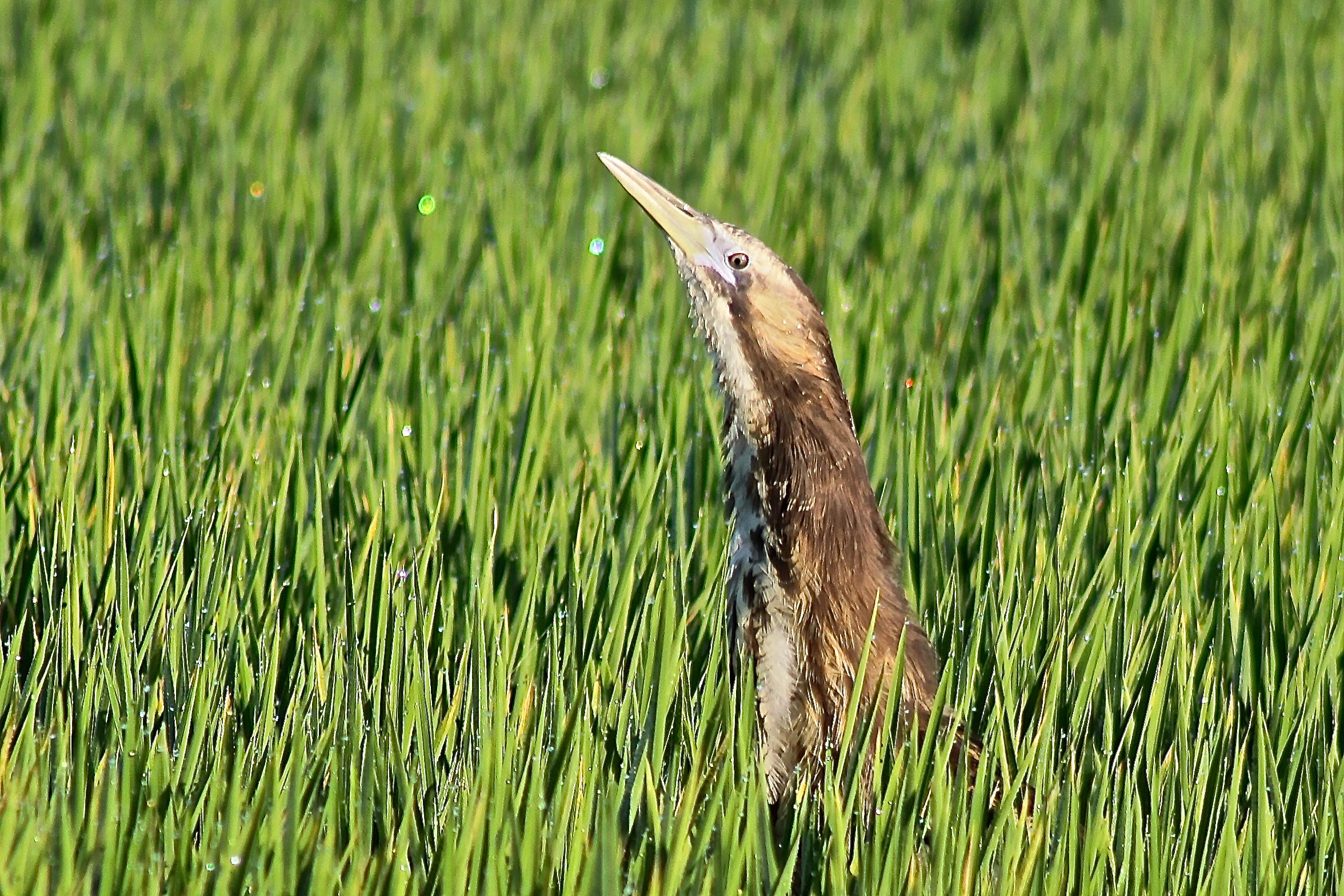
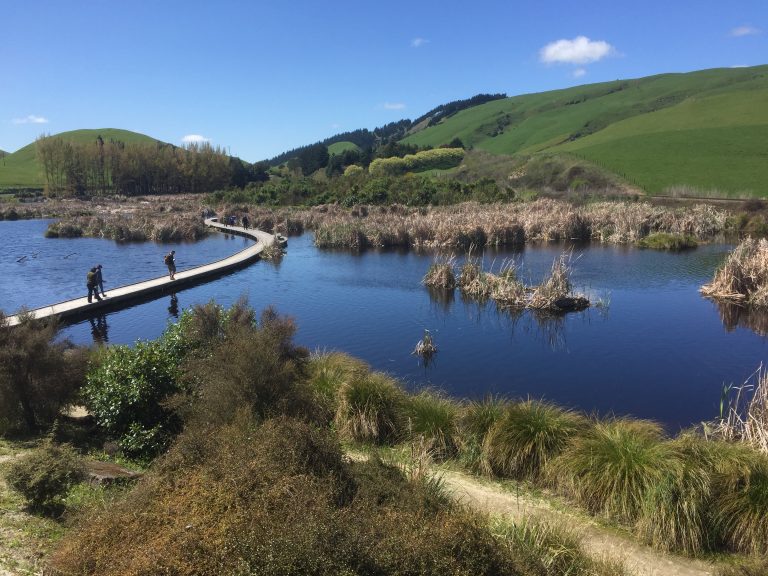
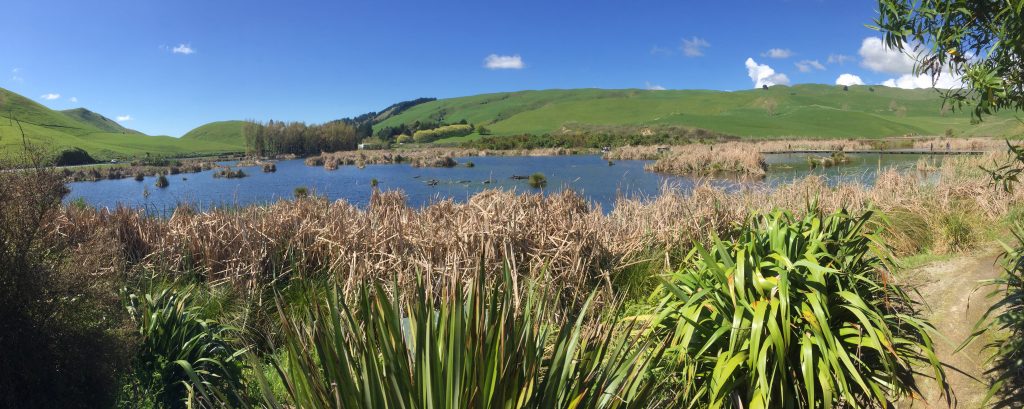
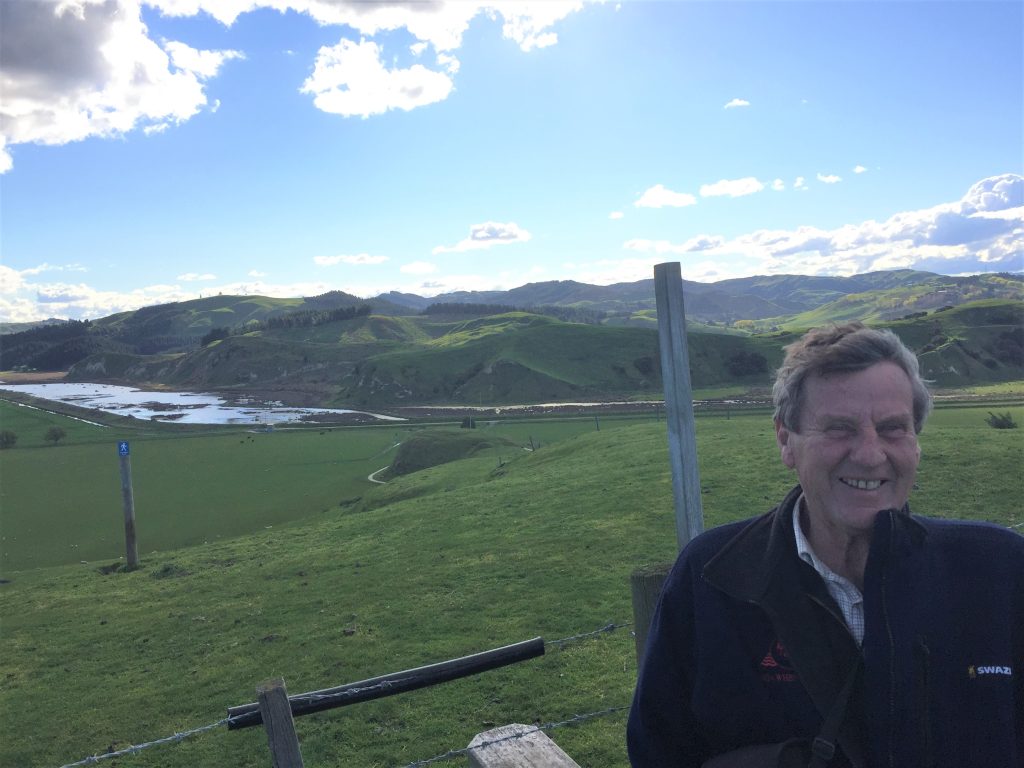 This is Hans Rook. He’s been working with local landholders, DOC, and Hawkes Bay Regional Council to help restore this wetland near Napier for Matuku. Water supply, depth management and predator control have seen Matuku numbers rise to about 14 here.
This is Hans Rook. He’s been working with local landholders, DOC, and Hawkes Bay Regional Council to help restore this wetland near Napier for Matuku. Water supply, depth management and predator control have seen Matuku numbers rise to about 14 here.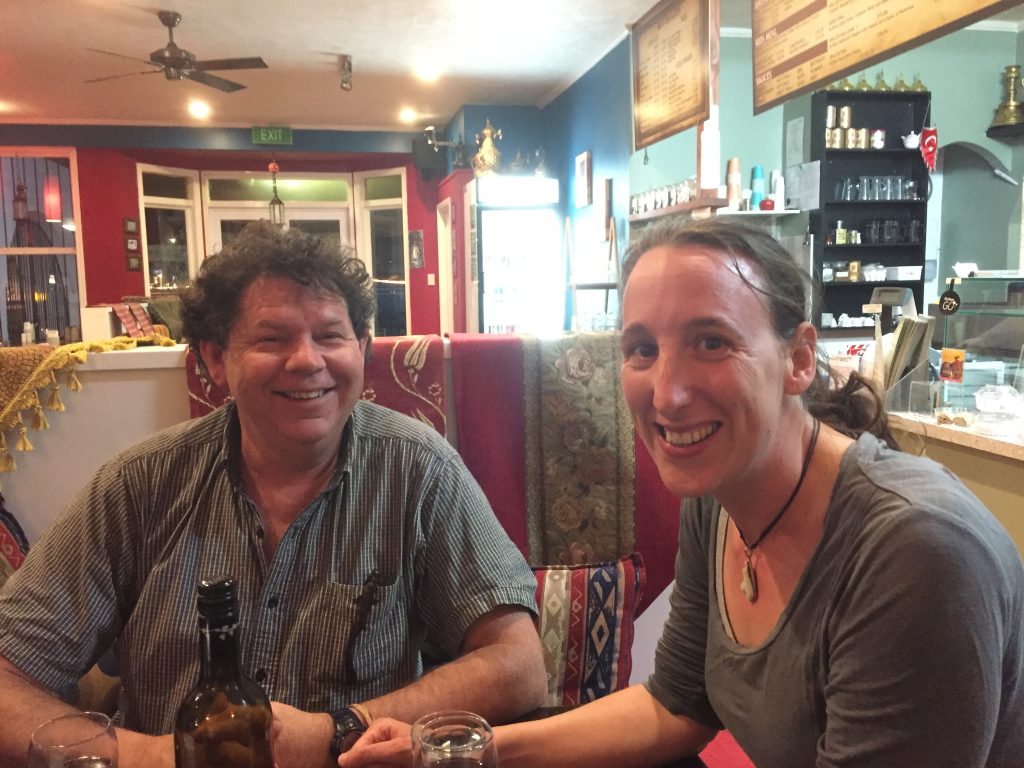
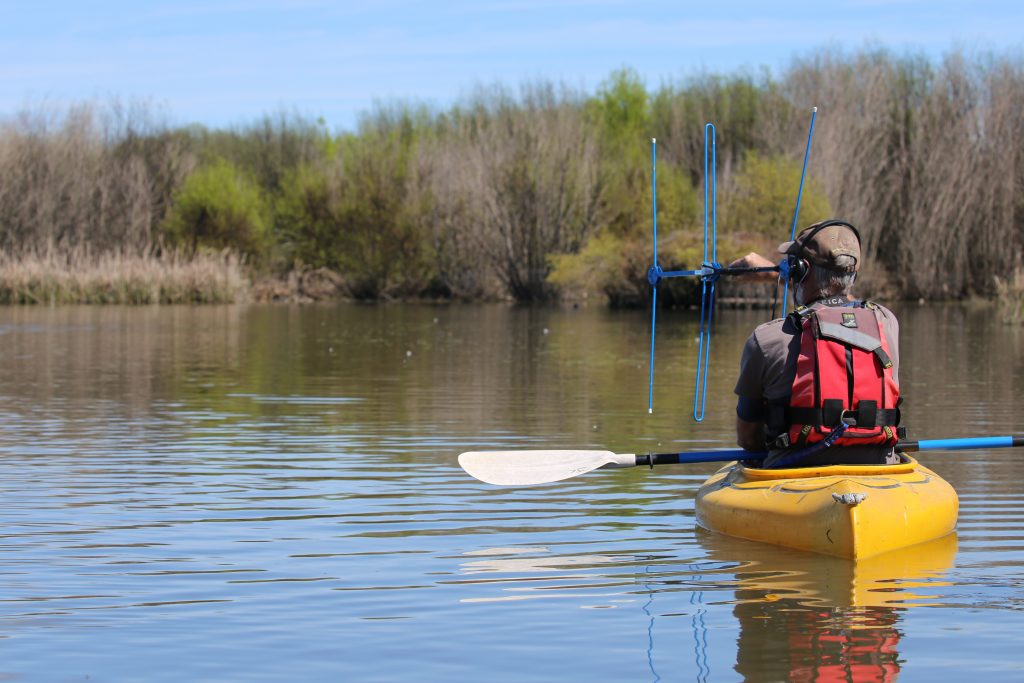
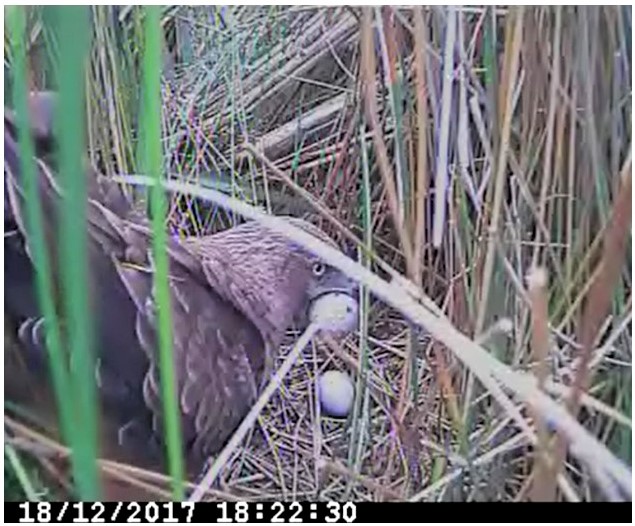
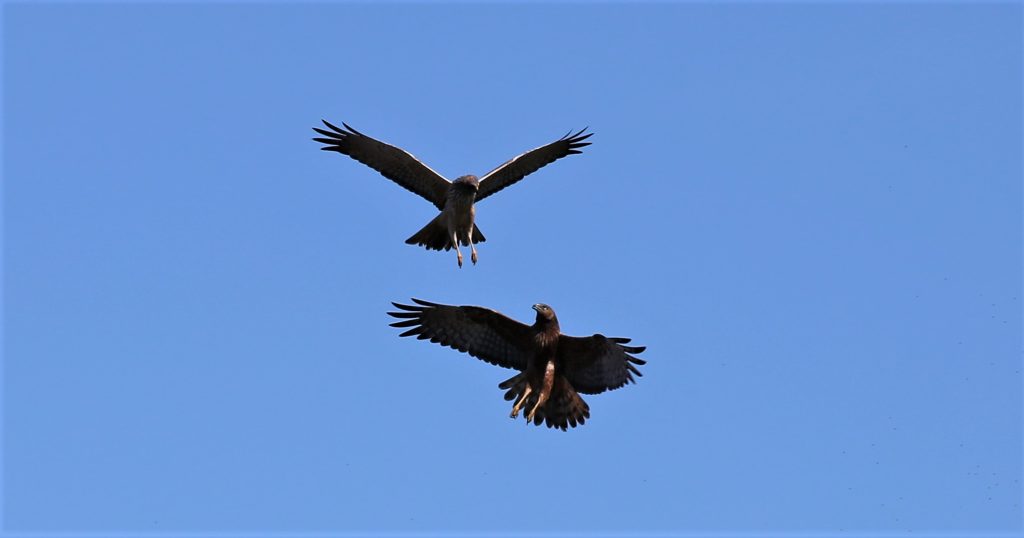
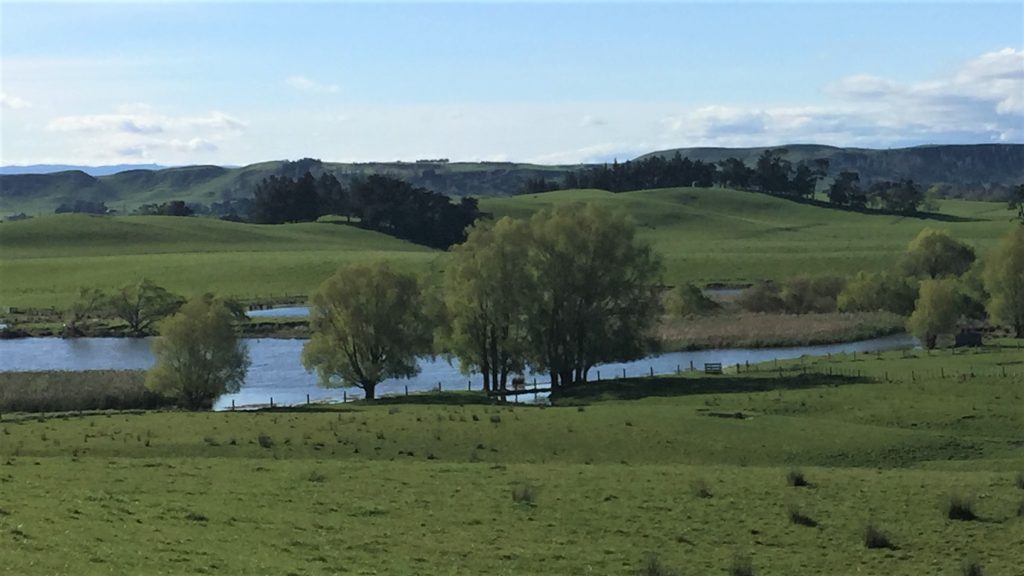
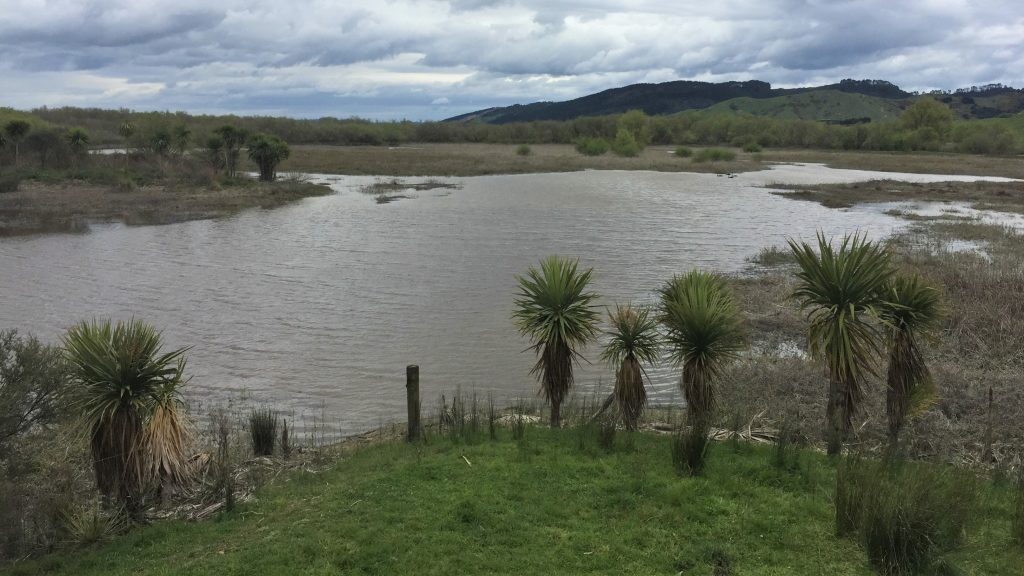
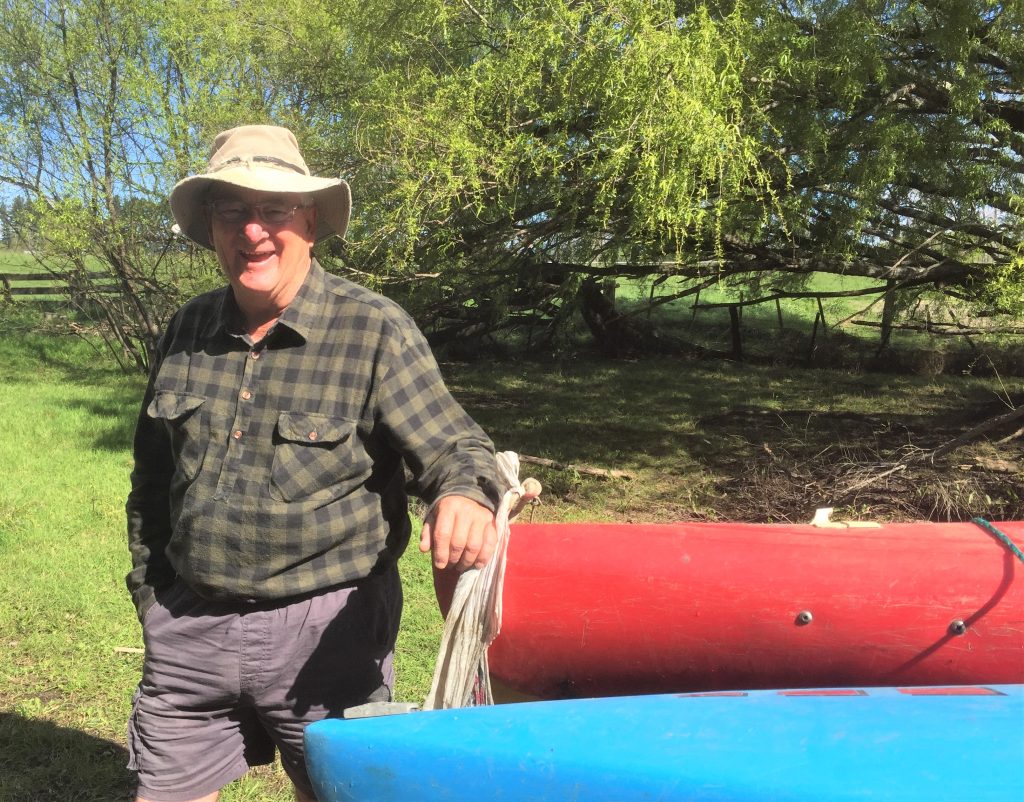 This is the legendary John Cheyne, a long-time champion of New Zealand’s wetlands. His 1980 study of bitterns at Whangamarino yielded over 140 booming males.
This is the legendary John Cheyne, a long-time champion of New Zealand’s wetlands. His 1980 study of bitterns at Whangamarino yielded over 140 booming males. 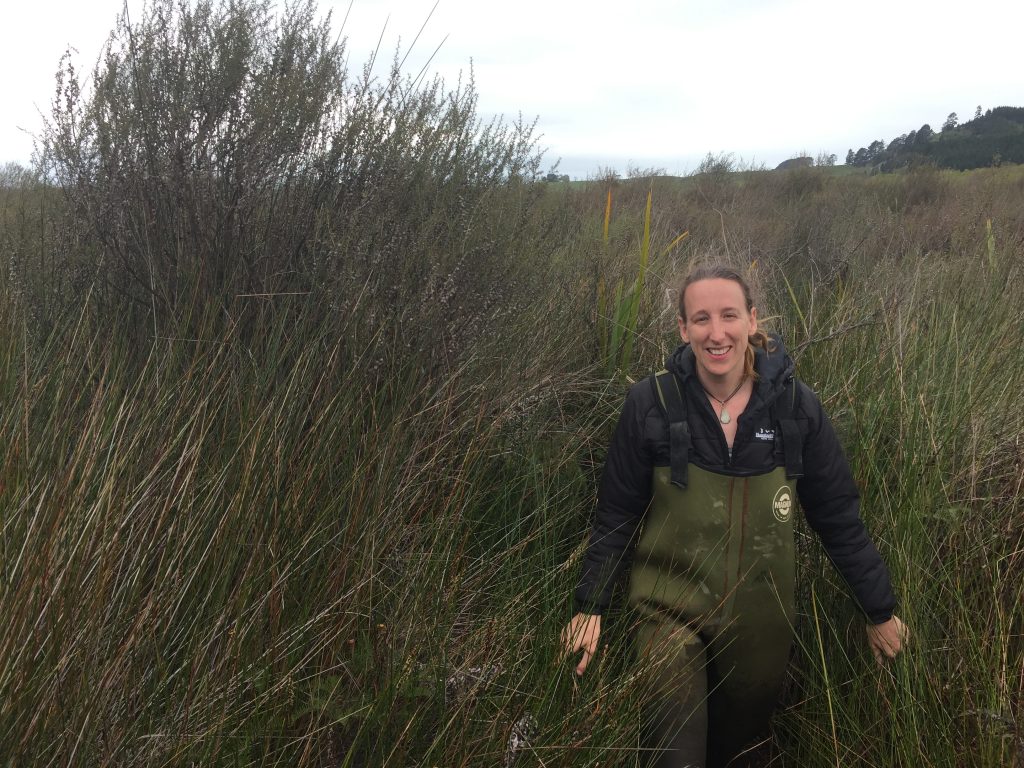 Dr Emma Williams in her natural peat bog habitat at Whangamarino, serenaded by a booming bittern and dueting Fernbirds.
Dr Emma Williams in her natural peat bog habitat at Whangamarino, serenaded by a booming bittern and dueting Fernbirds. 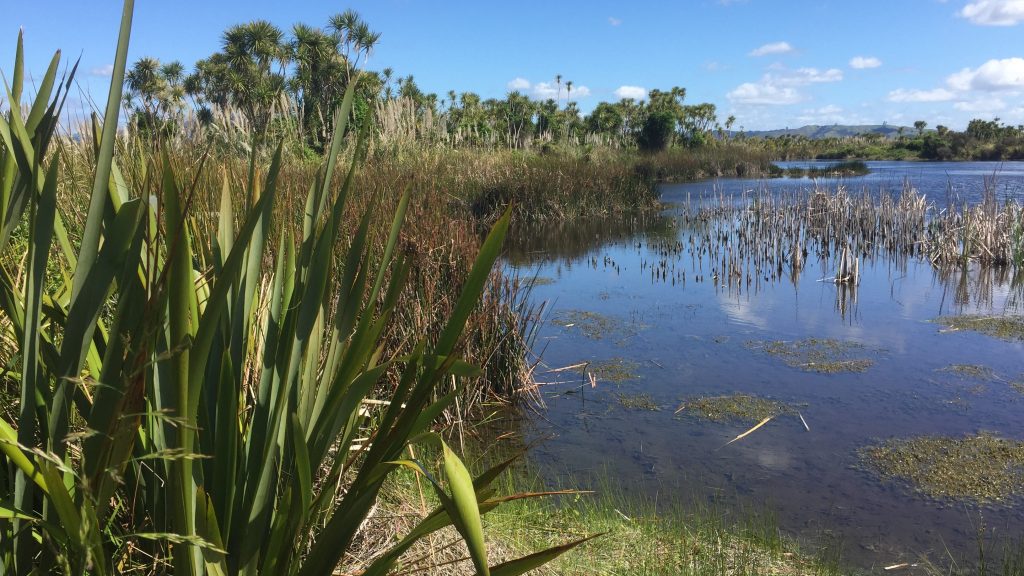 The Lower Kaituna Wetland near Tauranga.
The Lower Kaituna Wetland near Tauranga.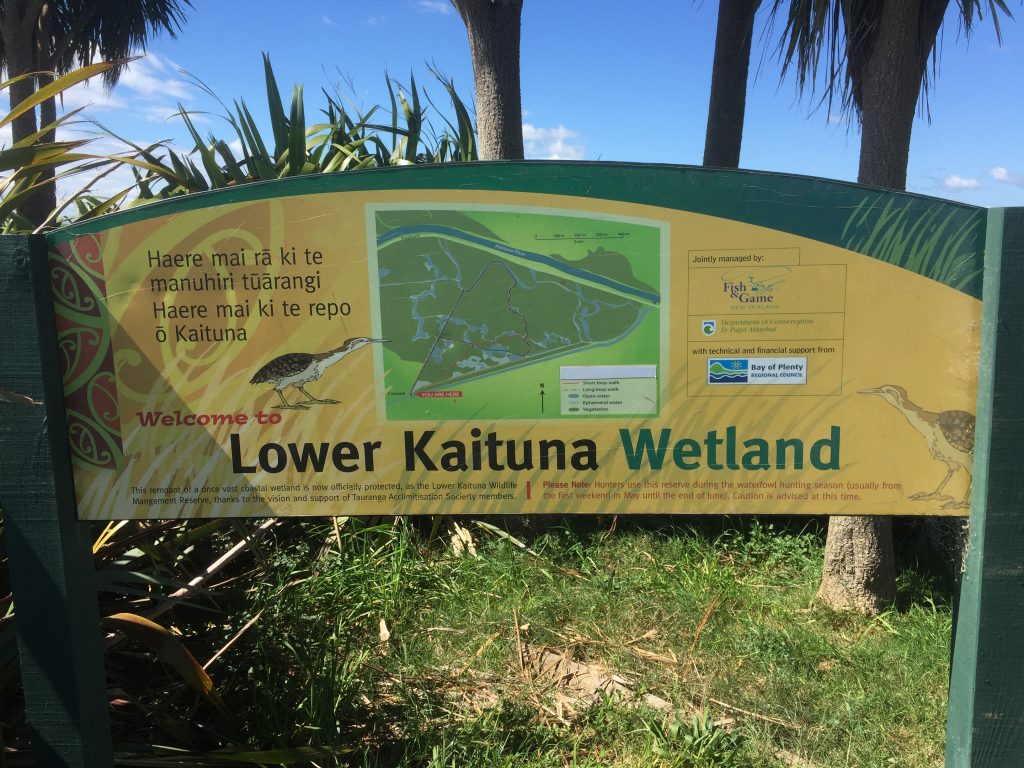
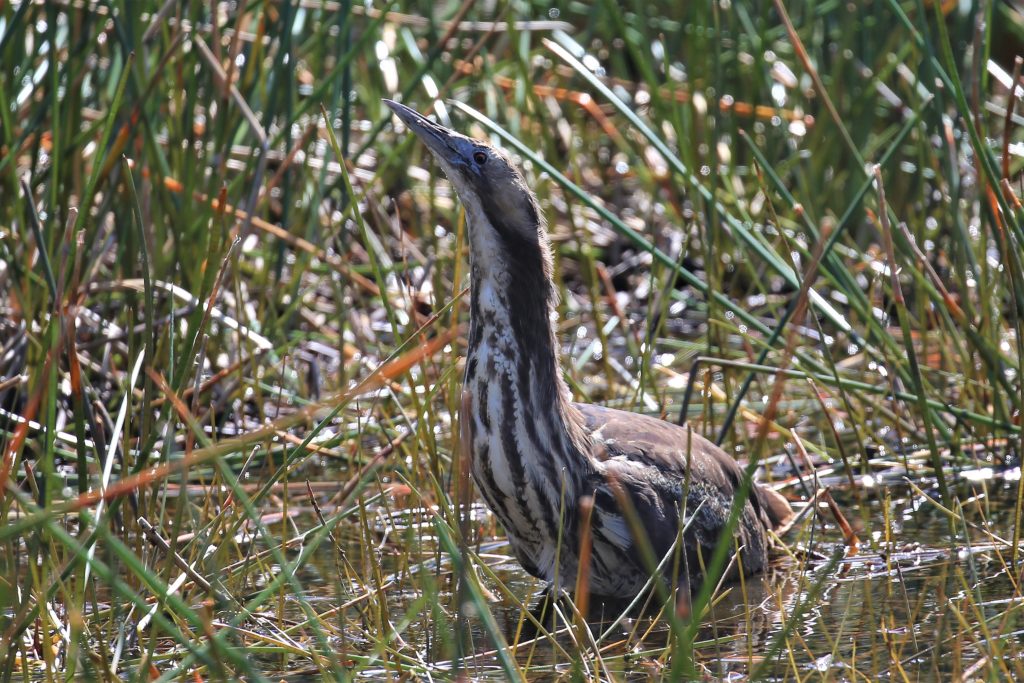
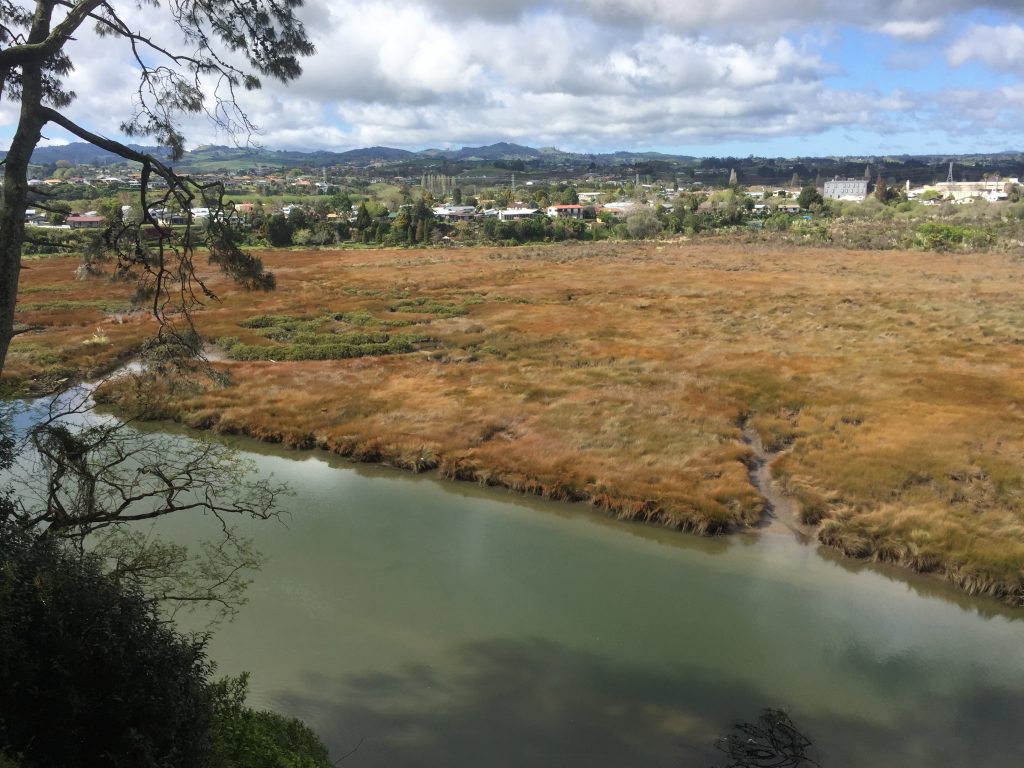
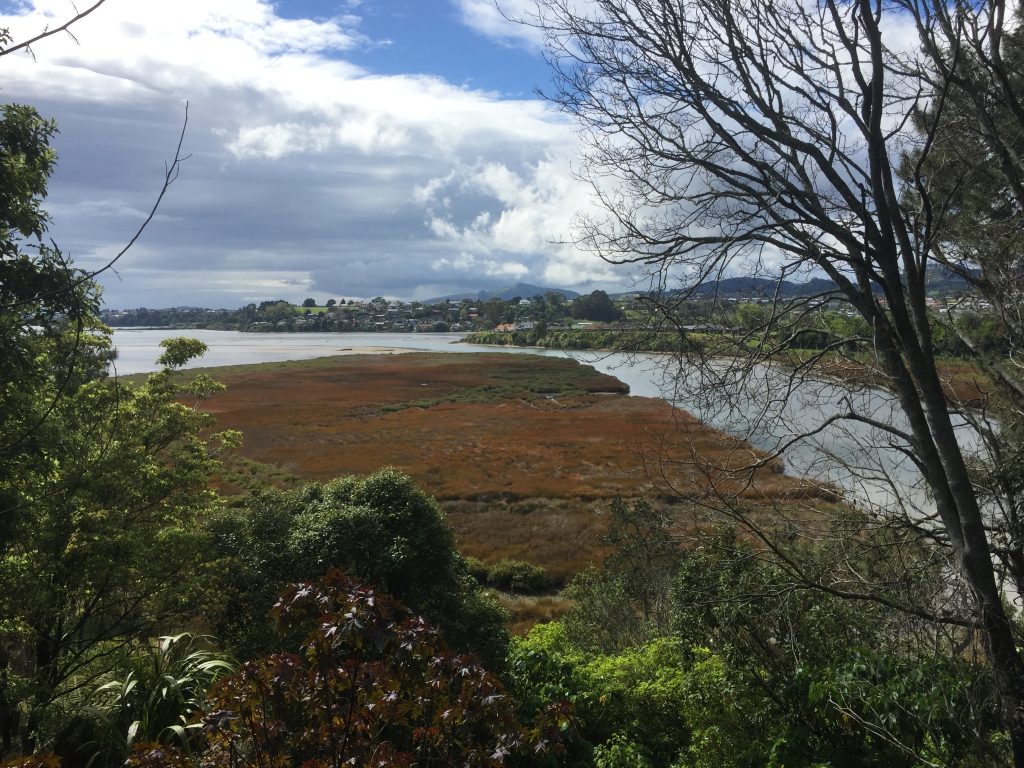 Tidal wetlands at Tauranga, atypical bittern breeding habitat.
Tidal wetlands at Tauranga, atypical bittern breeding habitat.